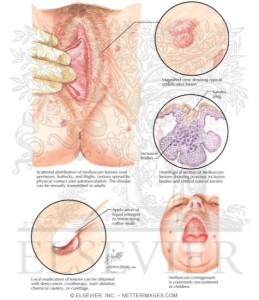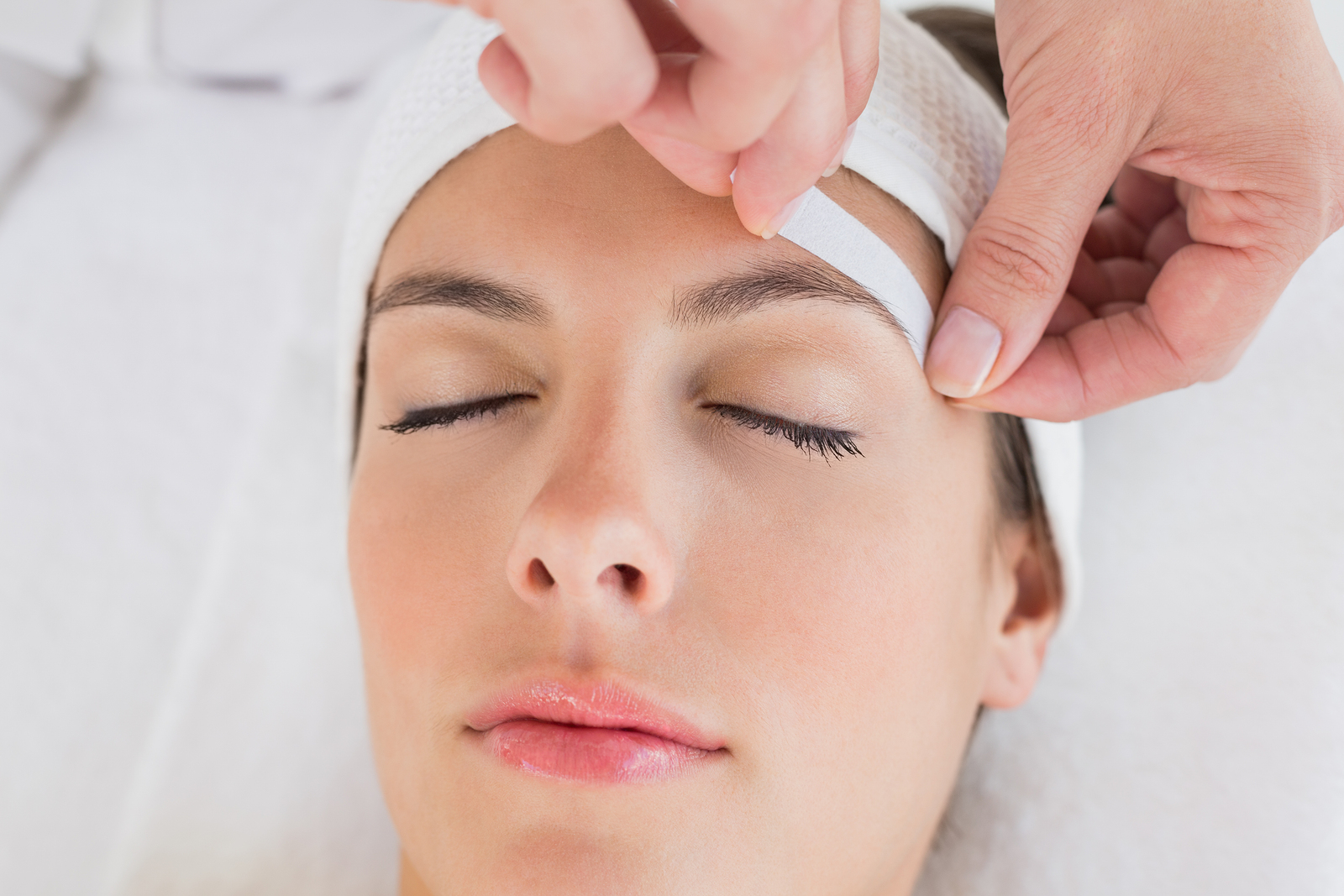In the beauty industry it is thought that catching a Sexual Transmitted Disease STD from being wax is not possible. Think again! STI’s spread through skin to skin contact – normally during sexual acts but not always, in the right environment and condition, STDs and other disease can be transferred very easily outside a sexual encounter. Recently a New York journalist Maddie Rubin wrote a candid and heart wrenching article about her experience contracting a skin infection and STD due to having a routine Brazilian wax at an up market salon.
Maddie wrote “I noticed little bumps on my bikini line and vulva area. Two of them were in a little cluster, and a few others were more sparse. They basically looked like shiny bumps with a dimple in the middles and a waxy white core. As many single-and-dating women would upon discovering something like this, I freaked out and had an anxiety attack at work. Right then and there, I made an emergency appointment with my gyno, and tore out of work to get there. En route, stuck in traffic, I cried in the cab and made all of the normal promises you make when you are afraid that something really bad is happening. I’ll never have unprotected sex again if this turns out not to be herpes. I’ll never have sex again. I’ll become whatever the Jewish version of a nun is. I’ll sacrifice my firstborn to the great god Cthulhu if this is just an ingrown hair.” http://www.cosmopolitan.com/sex-love/advice/a5875/brazilian-wax-sti/
Maddie was diagnosed as having Molluscum Contagiosum and not Herpies. A skin infection and STI from a caused by a poxvirus (molluscum

Author: Bryan E. Anderson
Chapter: Infectious Diseases Page: 182
contagiosum virus) is a mild skin disease characterized by lesions (growths) that may appear anywhere on the body and lives only in the top layer of skin, once the lesions are gone the virus is gone and you are no longer contagious. Molluscum contagiosum is not like herpes viruses, which can remain dormant (“sleeping”) in your body for long periods and then reappear. Molluscum Contagiousum will take 6-12 months to resolve itself but can take up to 4 years or you can have your MD or dermatologist remove them under a local anaesthetic.
After review her circumstances it was found that Maddie’s infection was linked to the Brazilian Wax treatment that she had. Waxing increases your risk to infections due to micro-tears and wounds caused by the waxing procedure. The client before Maddie had the virus and due to the salons staff “double dipping” into the wax the virus was transmitted to her.
The unacceptable practice of “double-dipping” involves putting the waxing (wooden or metal) spatula back into the wax pot after the wax has been applied on the client. Body hair can accumulate micro-organisms on the skin. Removing body hair with wax also removes these micro-organisms and contaminates the wax in the process. This practice is unfortunately widespread and is putting clients and therapist at risk of serious diseases including HIV and Hepatitis.
Why would a therapist and a salon allow for this unsafe practice to happen? I have found that the three main reasons for this practice are incorrect training, laziness and/or cost savings. Unfortunately some training establishments and salons fail to enforce high level of Infectious Disease Control and put dollars in the bank at a higher priority than the health and safety of their clients and staff. I believe Maddie Rubin and other victims of such cross contamination would prefer to know that the salon and training establishments put their health first.
It is not difficult or expensive to follow good Infectious Disease Control practices. To reduce cross contamination and the spread of disease the following should be adhered to when waxing.
- Be upfront with your clients when it comes to discussing their health and never perform a treatment if there is any contraindication that require you not to.
- Avoid using towels on the bed and opt for waxing paper/vinyl sheet
- Wear disposable gloves at all times
- Use disposable wooden spatulas
- NEVER NEVER NEVER – “Double-Dip”
- Change the bed linen or paper towel after every wax
- Disinfect wax vinyl sheet and any instruments in accordance with Infectious Disease Control Laws after every wax
- Dispose all waste correctly
If as a therapist, you have been forced to “double dip to save the company a few $$$ please show this article to your supervisor and implement changes asap to protect your clients and yourself.
Please leave a comment or send me an email at debra@debraspence.com








